Childhood trauma is a heavy burden that, even in adulthood, can weigh heavily on the heart and mind. While the innocence of childhood should be a time of joy and discovery, for many, it, unfortunately, becomes marked by experiences that cause deep emotional scarring.
These traumas, whether stemming from abuse, neglect, or other deeply distressing events, can follow individuals into their adult lives, impacting relationships, mental health, and general well-being. However, knowing how to treat childhood trauma in adults is an important step toward your healing journey.
As difficult as it may seem, healing is possible with the right approaches and support.
Contents
What Is Childhood Trauma?
Childhood trauma refers to a scary, dangerous, or violent experience that happens to someone under 18. These experiences could include physical or sexual abuse, witnessing domestic violence, losing a parent, or living through natural disasters or wars.
But trauma isn’t limited to these extreme situations. It can also arise from ongoing stresses like living in poverty, being bullied, or enduring chronic neglect.
What makes these situations traumatic is their capability to overwhelm a child’s ability to cope and make them feel intensely threatened and unsafe.
The Impact of Childhood Trauma in Adults
When bad things happen to us as kids, whether it’s neglect, abuse, or living through distressing events, these experiences don’t just vanish as we grow older. Instead, they can become the silent strings that pull at the corners of adult lives, significantly shaping emotions, behaviors, and health.
Emotional and Psychological Effects
Adults who went through trauma as children often find the shadows of their experiences casting gloom over their emotional world. They might feel a heavier burden of anxiety or find themselves fighting off the weight of depression more often than others.
The world seems more threatening, leading to fears and phobias that don’t make sense. In some cases, the mind continually relives these traumas, resulting in post-traumatic stress disorder (PTSD), where flashbacks and nightmares disrupt daily life.
Impact on Relationships
The ability to form and maintain healthy relationships can also be a casualty of childhood trauma. Trust might seem like a luxury they can’t afford, making intimacy and connectivity with others challenging.
For some, the fear of being hurt again leads to building walls around themselves so high that no one can climb over.
Influence on Physical Health
The scars of trauma aren’t just carried in the mind; they make their presence felt in the body, too.
Stress from these early experiences can contribute to heart disease, diabetes, and a weakened immune system. Even more, studies have suggested that trauma can lead to changes in the brain’s structure and function, impacting everything from emotional regulation to memory.
How To Treat Childhood Trauma in Adults
The following are the ways hel those looking for ways on how to treat childhood trauma in adults:
Acknowledge the Trauma
Acknowledging the trauma is the first, often most challenging, step toward healing. Understanding that one’s pain and struggles stem from real experiences is crucial. It’s not about what’s wrong with you; it’s what happened to you.
This recognition is vital because it shifts the perspective from self-blame to acknowledgment of suffering caused by external events.
Seek Professional Help
One should never have to navigate the path to healing alone. Psychologists, psychiatrists, and therapists are equipped with the tools to guide trauma survivors through the healing process.
It’s important to look for a therapist who specializes in trauma, as they’ll understand the nuances of such experiences.
Cognitive-Behavioral Therapy (CBT)
CBT is a widely used approach that helps individuals identify and change negative thought patterns and behaviors resulting from trauma. It involves working closely with a therapist to reframe thoughts in a less painful and realistic way.
Eye Movement Desensitization and Reprocessing (EMDR)
EMDR is a form of therapy specifically designed to lessen the long-term effects of distressing memories.
It enables people to heal from the symptoms of emotional distress resulting from disturbing life experiences by focusing on emotionally disturbing material in brief sequential doses while directing the eyes in particular ways.
EMDR therapy shows that the mind can heal from psychological trauma much as the body recovers from physical trauma.
Dialectical Behavior Therapy (DBT)
DBT provides individuals with new skills to manage painful emotions and decrease relationship conflict. Specifically for trauma survivors, DBT focuses on mindfulness, distress tolerance, emotional regulation, and interpersonal effectiveness, which are all crucial for dealing with the effects of trauma.
Developing a Self-Care Routine
Embedding a self-care routine into one’s daily life can significantly impact the healing process.
Regular exercise, adequate sleep, nutritious food, and mindfulness practices like meditation can improve mental health. Self-care also means setting boundaries and recognizing when certain situations or people may trigger past traumas.
Building a Support System
The path to recovery is more manageable with a support system. Surrounding oneself with understanding friends and family can provide emotional comfort and encouragement. Trauma support groups can also offer a sense of community and understanding from those with similar experiences.
Reconnecting with Your Body
Trauma can lead to a disconnection from one’s body. Practices such as yoga, tai chi, and other gentle exercises help rebuild this connection. These practices strengthen the body and promote mental clarity and stress reduction.
Practicing Mindfulness and Meditation
Mindfulness and meditation encourage staying present and fully engaging with the here and now non-judgmentally. These practices can help manage anxiety and depression symptoms and provide tools to handle traumatic flashbacks or intrusive thoughts.
Nurturing Creativity
Creative expression can be a powerful tool in the healing process. Activities like painting, writing, music, or dance provide an outlet for emotions that might be too difficult to express in words.
Creativity can be both a refuge and a method of processing trauma.
Learning to Re-frame Trauma
It is vital to understand that trauma is a part of one’s story but does not define one’s entire being. With the help of therapy and personal reflection, individuals can begin to see their survival not as a sign of weakness but as a testament to strength.
This shift in perspective is a powerful component of the healing journey.
Continuing the Journey
The process on how to treat childhood trauma is not linear; it involves highs and lows, steps forward, and occasional steps back. Each person’s healing journey is unique; what works for one person may not work for another.
Patience with oneself and the process is critical.
Signs and Symptoms of Childhood Trauma in Adults
Childhood is about growing, learning, and exploring in a nurturing environment. Yet, for some, it involves navigating experiences that leave deep, unseen scars.
These scars often go unnoticed by the untrained eye but can significantly affect one’s life in adulthood.
Emotional Turbulence
When childhood wounds linger, they often manifest as an emotional storm ready to burst at any moment. Adults might find themselves riding a never-ending rollercoaster of feelings.
Anger might flare up unexpectedly, or sadness may decline without any plausible reason. Sometimes, it feels like being in a small boat in the middle of a vast sea, tossed by waves of anxiety or spells of depression, trying desperately not to capsize.
The Ghosts of Memories
Traumatic events from one’s childhood don’t just fade into the background like old photographs. Instead, they can come crashing back into the forefront of the mind without a moment’s notice. These flashbacks are vivid and intense, making it feel like the event is occurring again. Then there are the nightmares–terrifying dreams that jolt one awake, heart pounding, in the dead of night.
Struggles in Relationships
Building and keeping close relationships can feel like trying to solve a complex puzzle with missing pieces for those carrying childhood trauma. The hurt and betrayal experienced in the past might lead to a thick wall being built around one’s heart, making trust a fortress almost impossible to breach. As a result, intimacy becomes daunting, and relationships may suffer or, worse, become a repetition of past trauma patterns.
A Body That Remembers
The mind isn’t the only place where trauma leaves its mark; the body remembers, too. Unexplained aches, recurrent headaches, and a never-ending battle with fatigue can all signal unresolved trauma. These symptoms are the body’s way of saying, “Pay attention. Something inside needs healing.”
Feeling Disconnected
There are moments when one might feel like a bystander in their own life, watching from the sidelines as everything unfolds.
This sense of detachment, like viewing the world through a thick glass wall, can be a coping mechanism to deal with overwhelming past experiences.
It’s a way of protecting oneself, albeit one that leads to a sense of isolation.
Walking on the Edge
Unresolved childhood trauma can push some individuals toward destructive behaviors. The pain and confusion buried inside find outlets through substance misuse, self-harm, or taking unwarranted risks.
It’s as though they’re on a constant flight from shadows that only they can see.
Battle with Self-worth
A child subjected to trauma may internalize the experience, believing they are somehow at fault.
This belief can evolve into a persistent feeling of shame or unworthiness in adulthood.
It’s like looking in a mirror and seeing a distorted reflection that whispers, “I am not enough.”
Constantly on Guard
Imagine living every day as if danger is lurking around every corner. This is the reality for some adults with unresolved childhood trauma. They can’t shake off a sense of foreboding, always anticipating the worst, even in the safest places.
This state of hypervigilance is exhausting and can make the world feel unfriendly.
Final Thoughts
Childhood trauma leaves deep marks, but the scars do not have to define one’s life. Understanding the process of how to treat childhood trauma in adults is an important step tp recovery. Treatments like EMDR showcase the significant advances in our understanding and capability to treat trauma effectively.
Knowing how to treat childhood trauma in adults can help individuals can find peace and a renewed sense of self beyond their traumatic experiences. It is never too late to address the wounds of the past. Taking the first step might be daunting, but it is also the start of a courageous journey towards healing and self-discovery.
With each step forward, the weight of childhood trauma can become lighter, paving the way for a brighter and healthier future.
Remember, seeking help is a sign of strength, not weakness, and it is the first step towards reclaiming your life from the shadows of the past.

At Houston Center for Counseling, we understand how the echoes of the past can reverberate into your present. But no matter how hard the past, you can begin anew. Our skilled therapists specialize in science-based therapies like EMDR, focusing on managing symptoms and fostering true healing.
We welcome you to discover the powerful tools and compassionate care we offer. Start on this transformative journey with us. Explore our services and confidently reconnect with your passion for life.
Don’t wait any longer for the change you deserve. Connect with us today and schedule your visit. Let’s begin your story of recovery and hope together.
Read more about our available services or connect with us to help you determine which is the best help for you.
- Childhood Trauma/Complex PTSD
- EMDR Therapy
- Intensive EMDR
- Ketamine Assisted Therapy for Individuals or Group
- Adjunct EMDR Therapy
- Individual and Group Therapy


